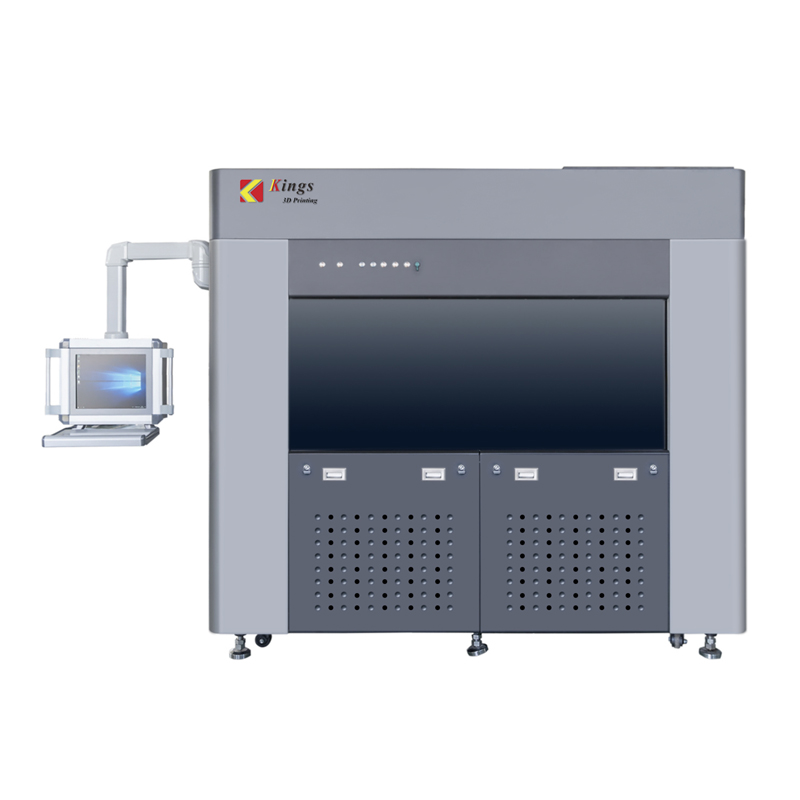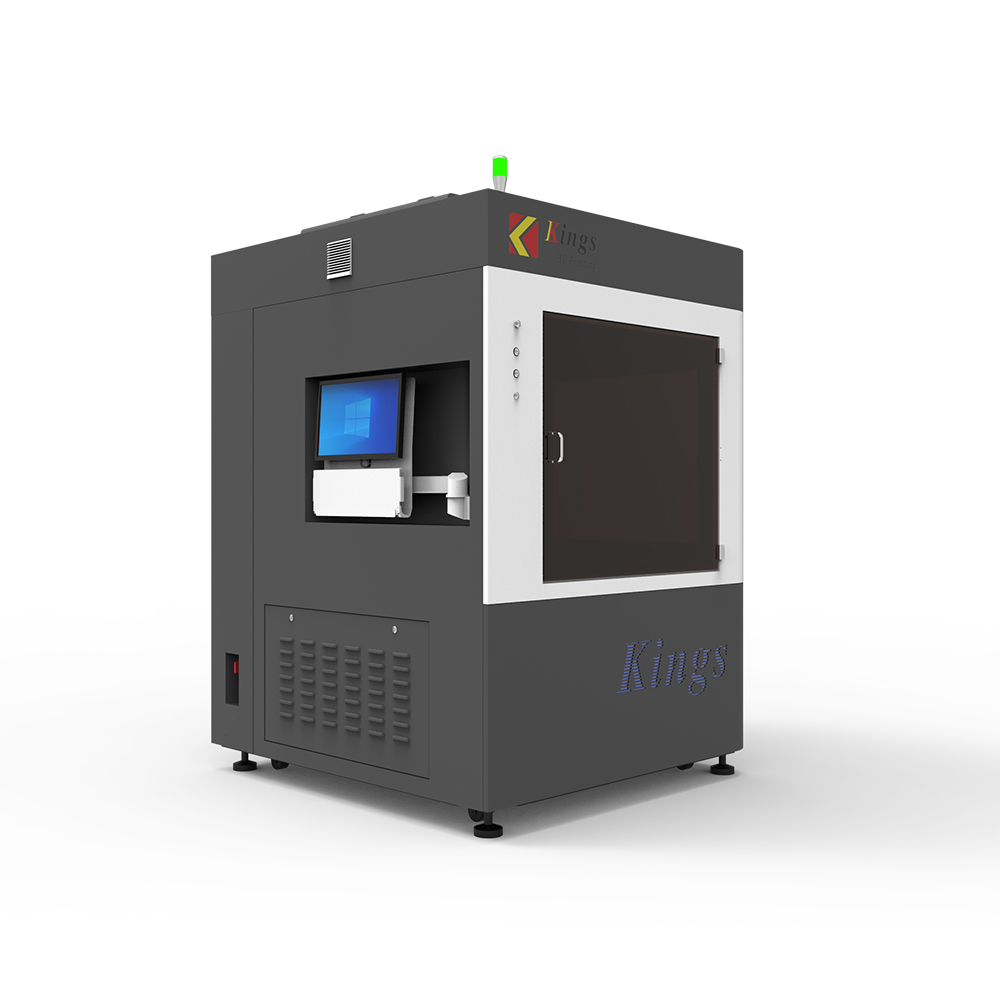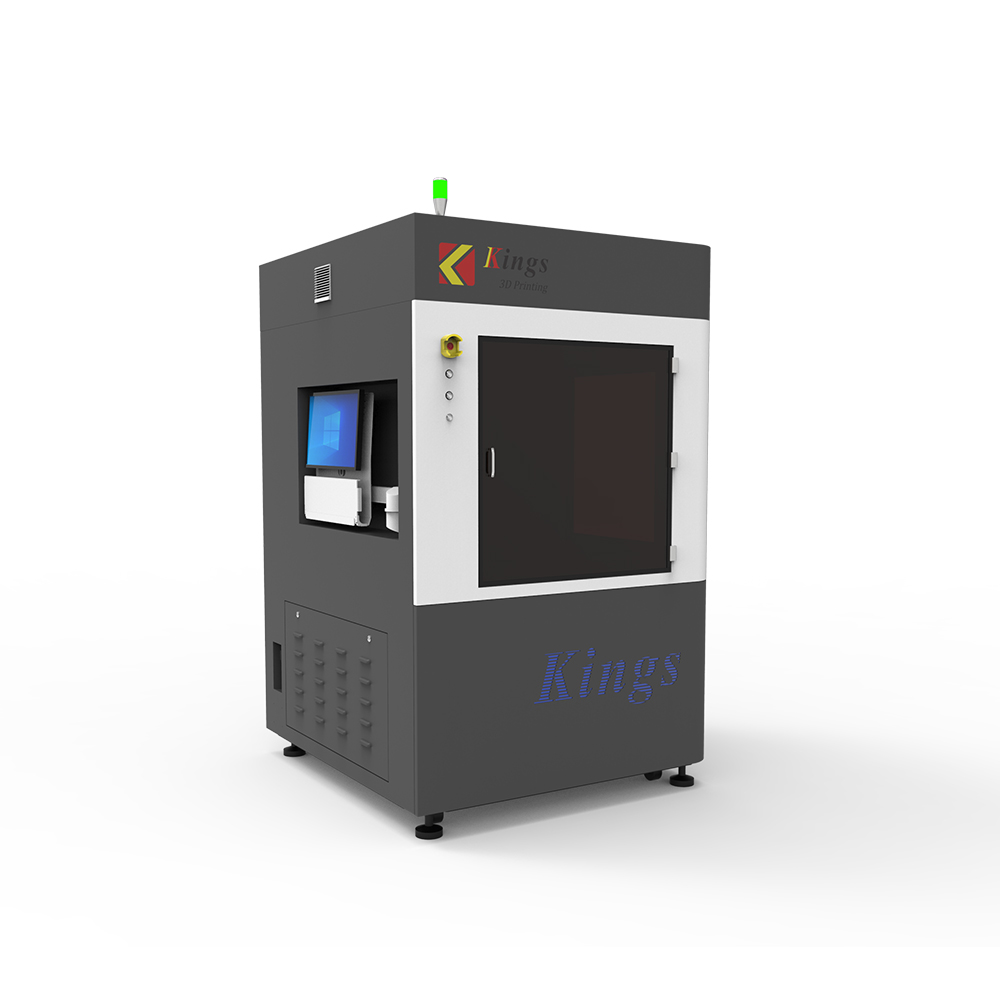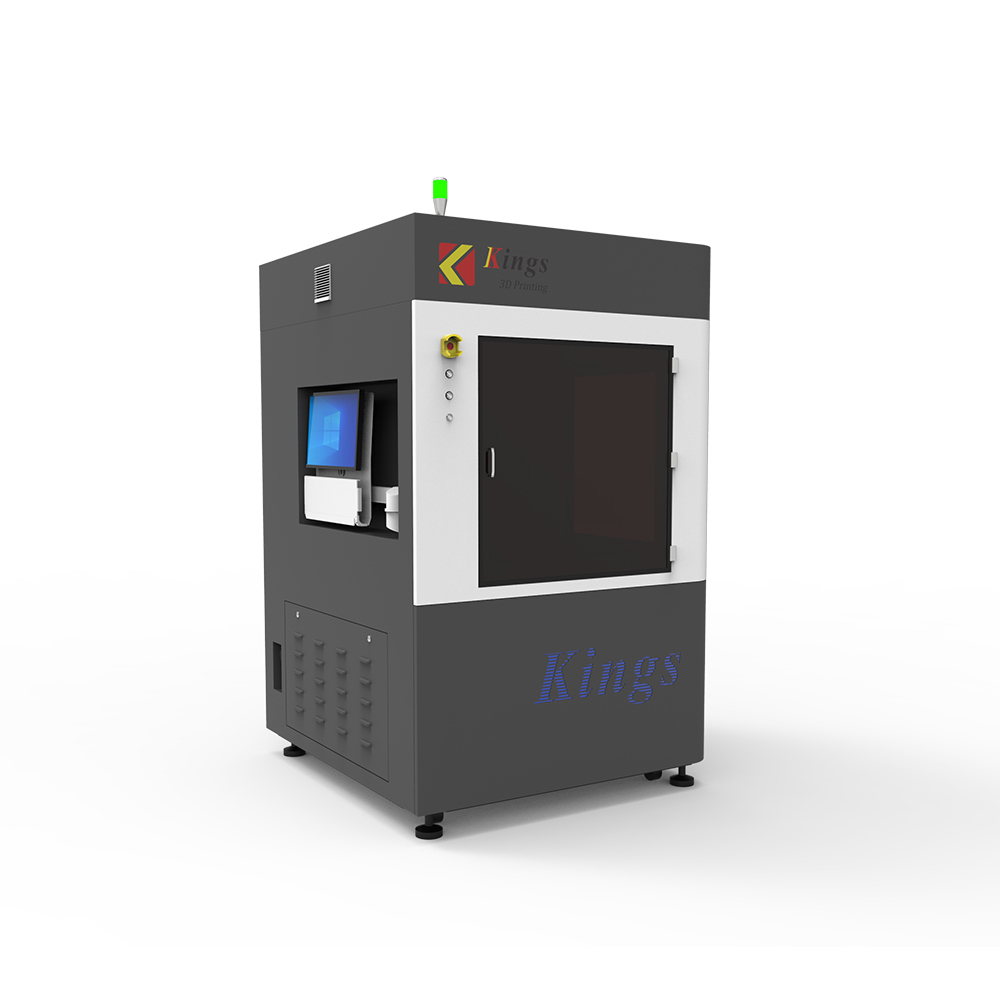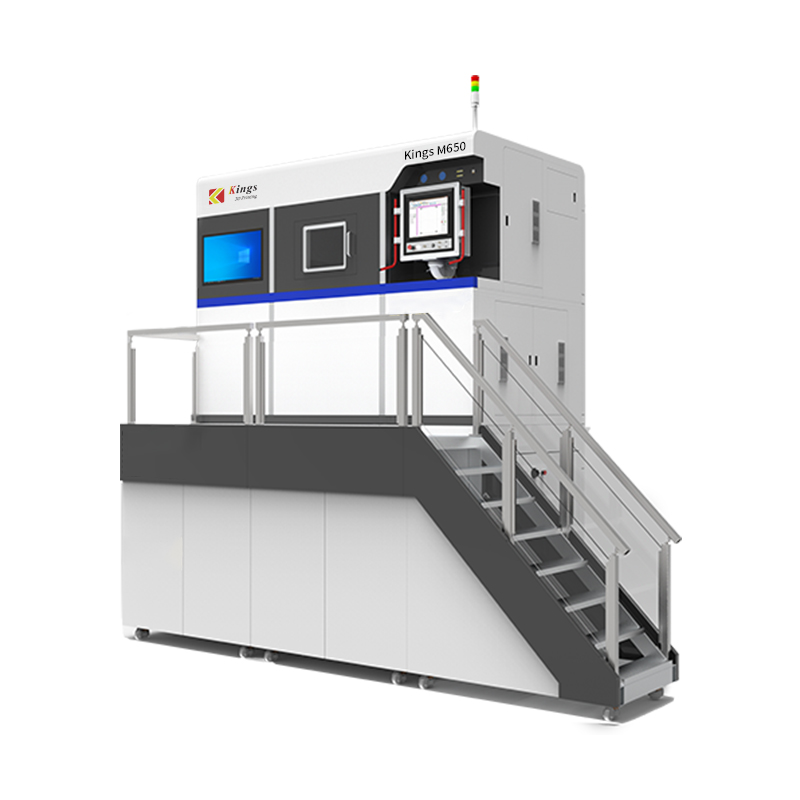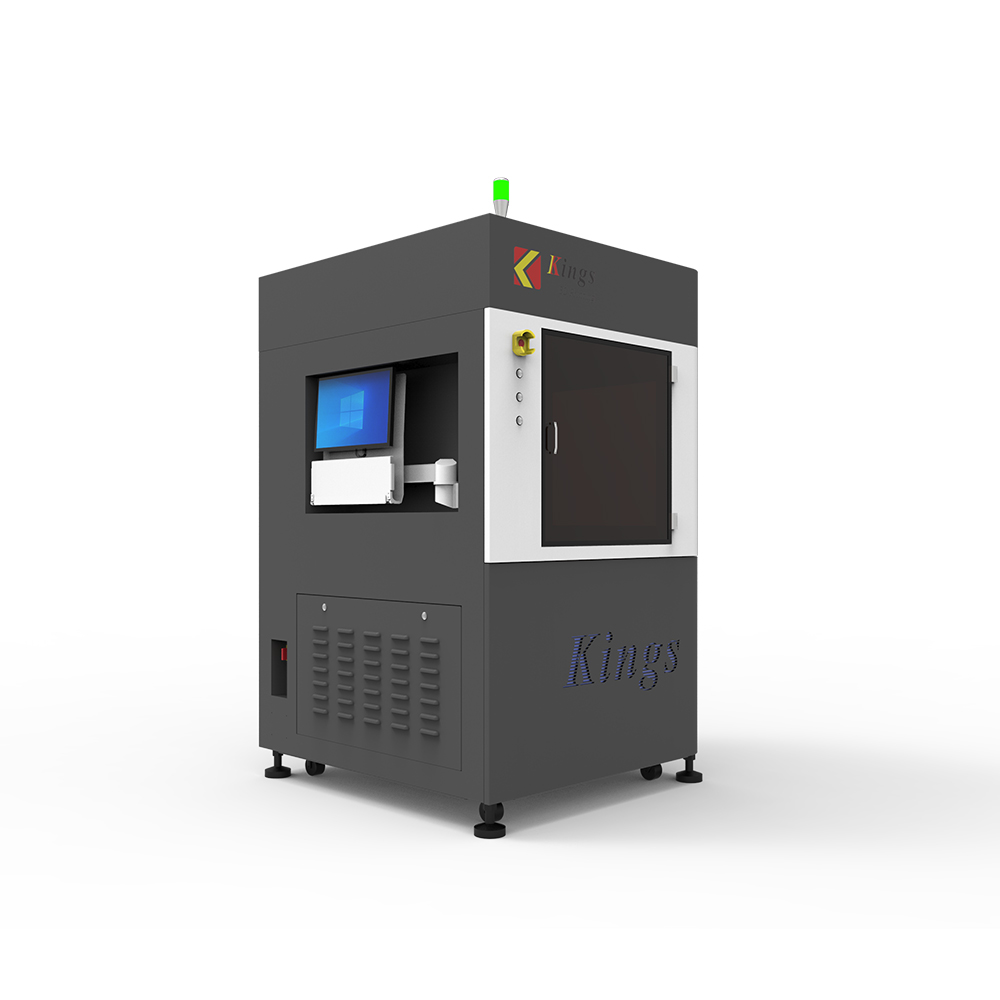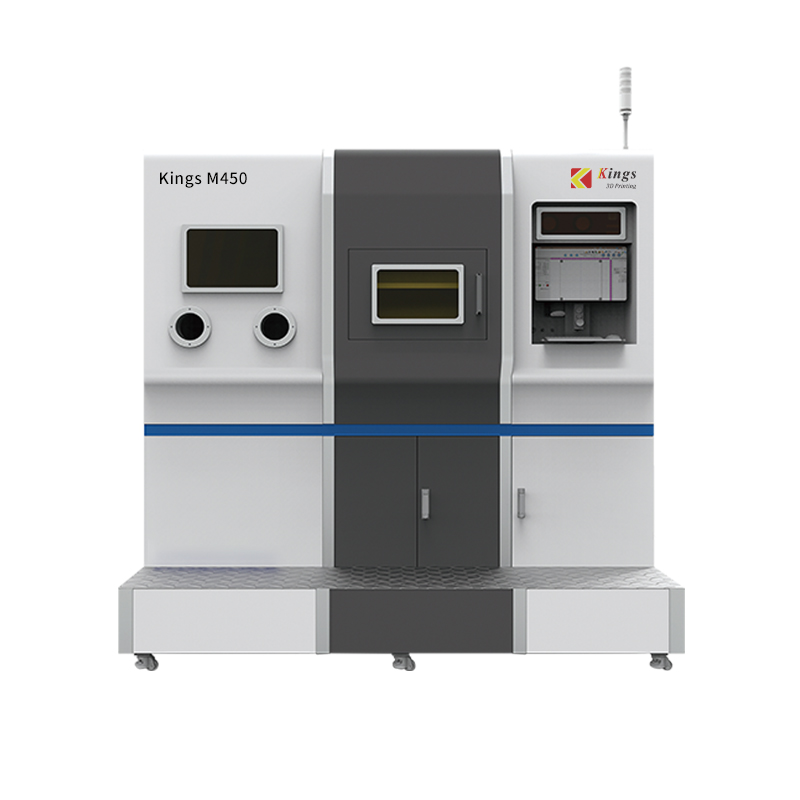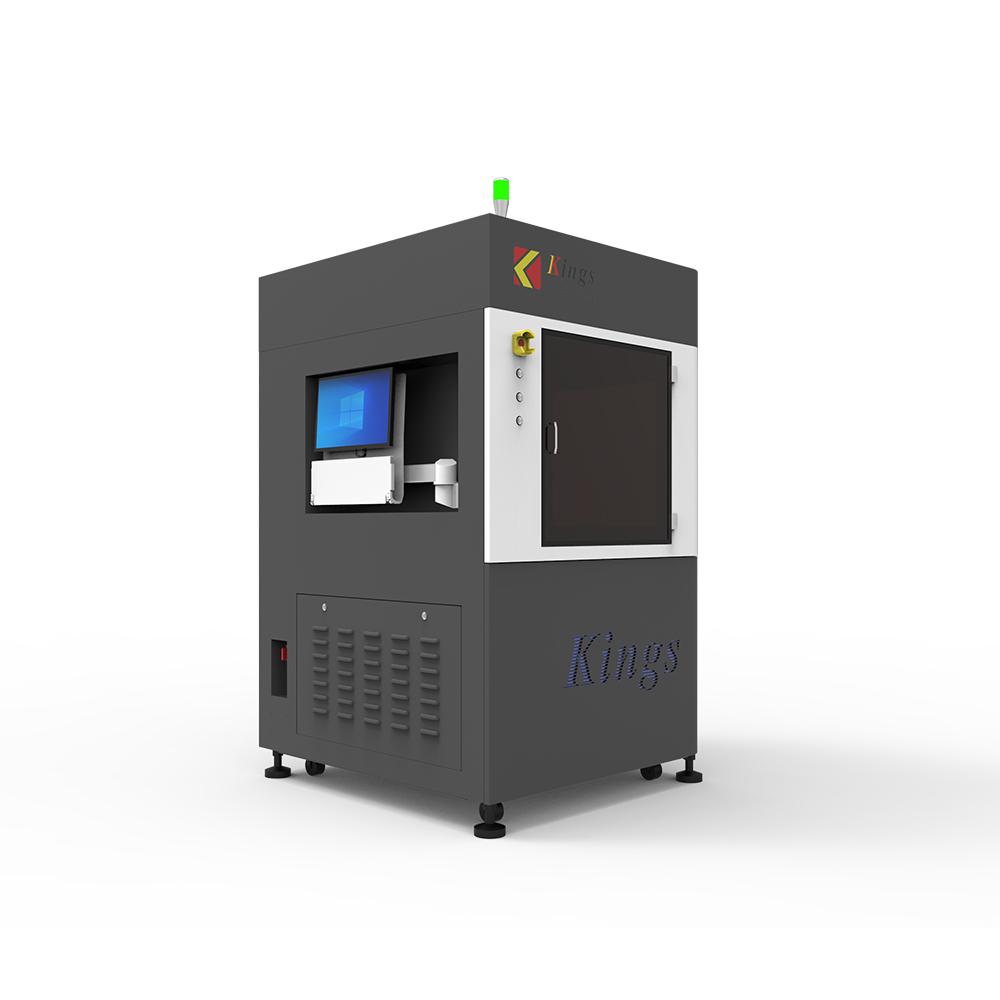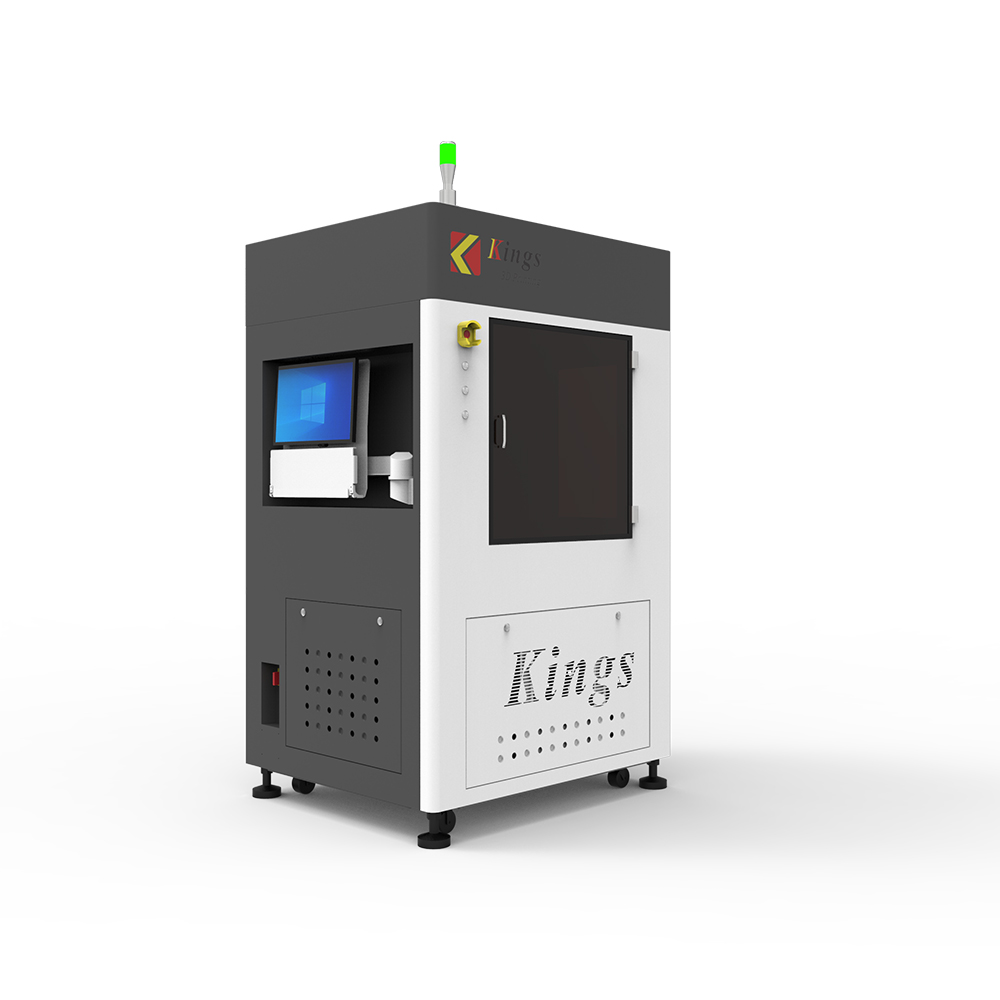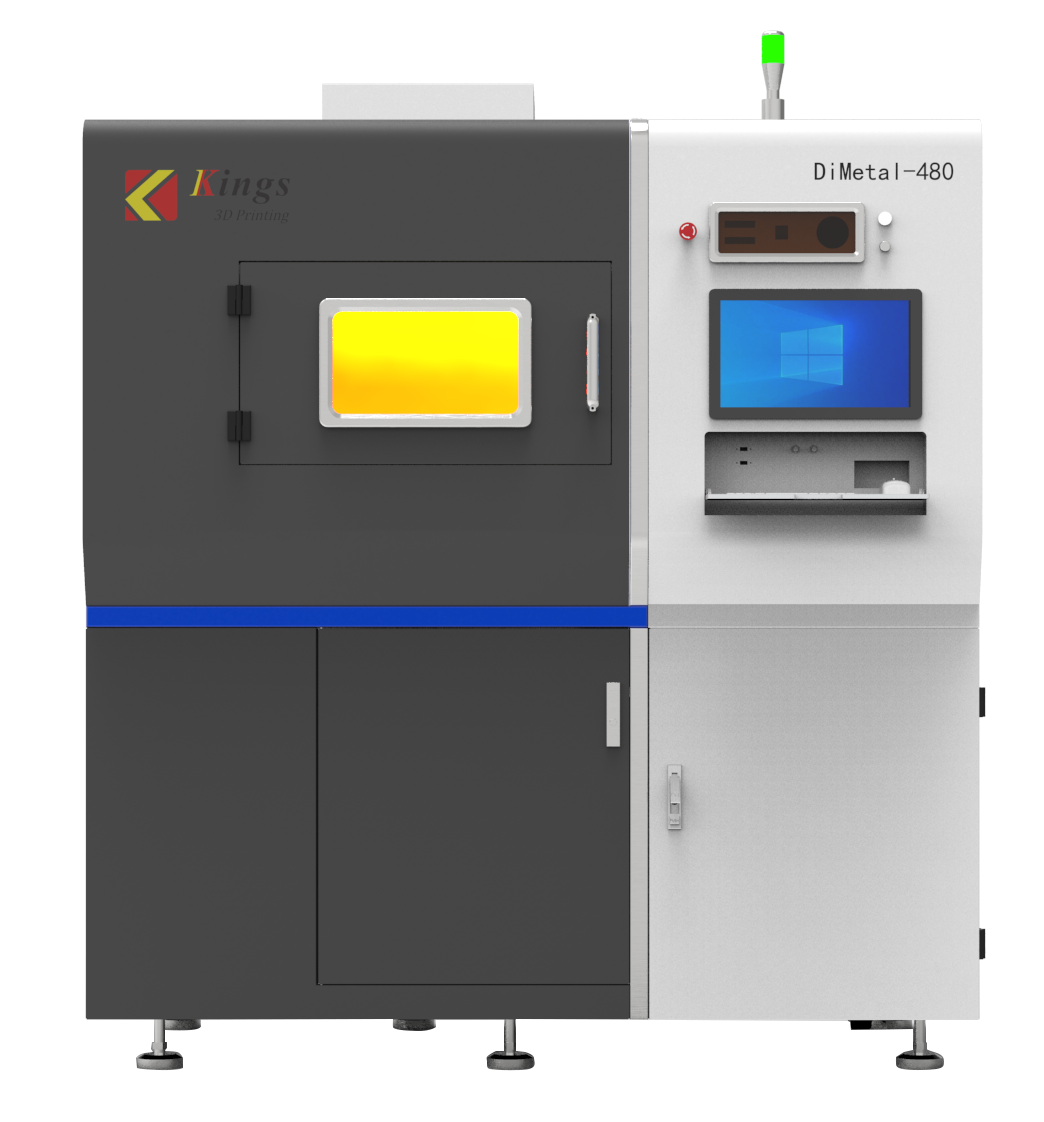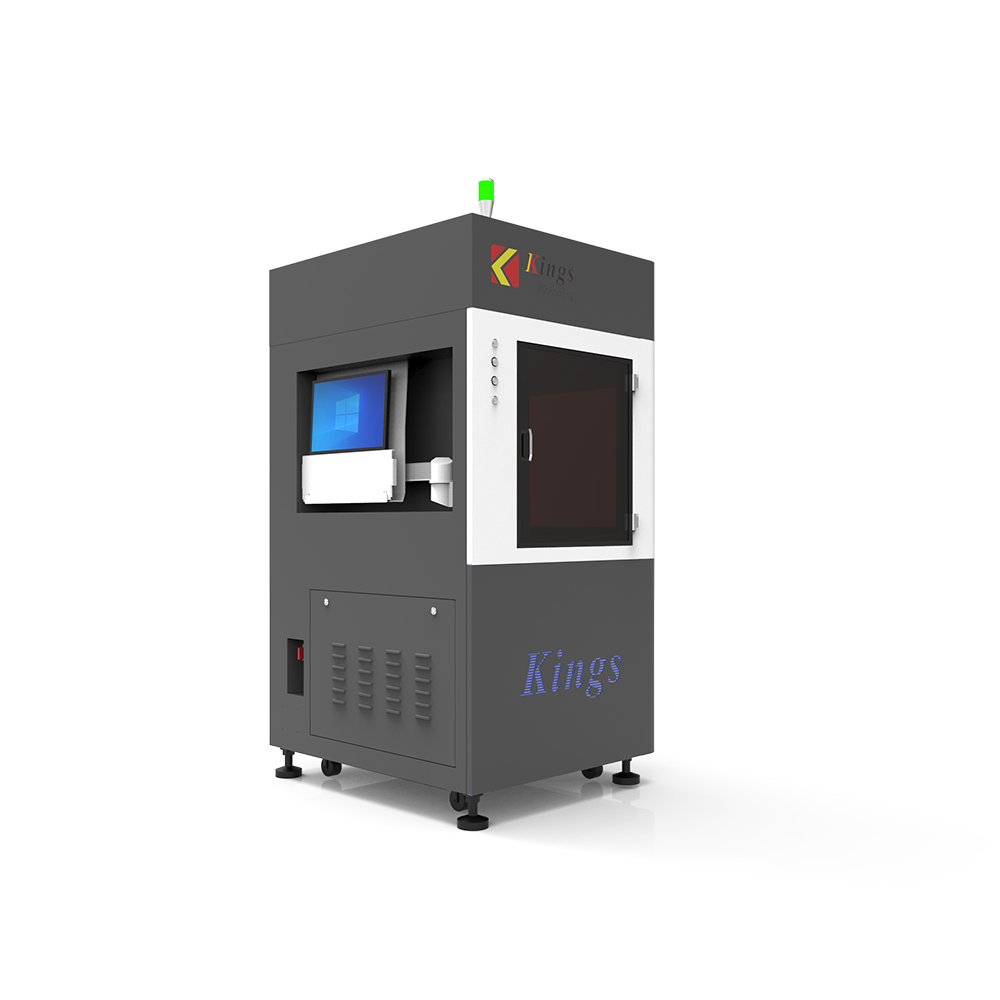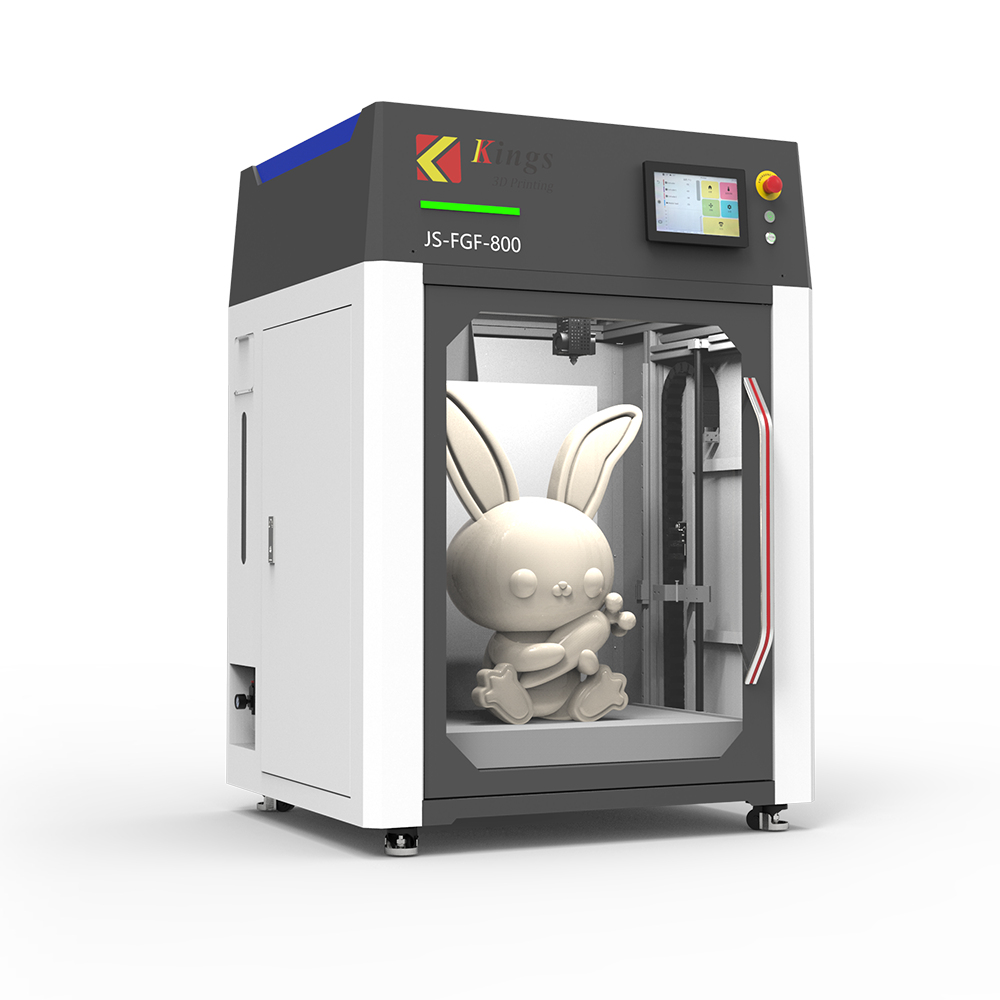Kings 3D Printer is a leading 3D Printer solution provider in China, always focusing on manufacturing, education, scientific research, military industry and other fields. So far, Kings 3D Printer has provided professional 3D Printer equipment, services and platform digital intelligent manufacturing application solutions for about 600 famous universities, scientific research institutes and about 10,000 enterprises.
At Kings 3D Printer, we are often asked: What is the difference between SLA technology and SLS technology? Today, we want to share with you the similarities and differences of these 3D Printer technologies and materials to help you figure out what technologies are needed for a 3D Printer project.
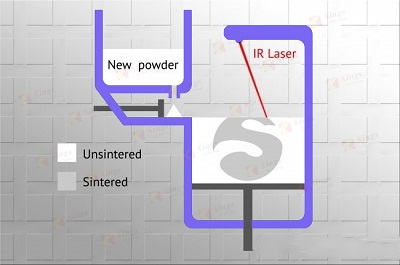
SLS, SLA, FDM, FFF, ABS, PA, PLA... Today, it's more challenging than ever to keep up with all the acronyms that represent all the different technologies, materials, or processes. It's even harder not only to know what they mean, but to know exactly what they mean, which is why we wanted to provide you with a quick and thorough comparison of the two major technologies on the market today. After reading this book, you will know exactly when and why to use SLS or SLA for your next 3D Printer project.
Overview: SLA and SLS technologies
The acronym SLS stands for Selective Laser sintering, which is at the heart of this 3D printer. The key word here is sintering, which is the process of compacting and forming a solid material by heating and/or pressure without melting it to the point of liquefaction.
Inside these SLS 3D printers, a thin layer of material powder is applied to the top of the building's surface, all in a hot chamber where the temperature is just below the
material's sintering point. Next, a powerful laser beam "draws" 2D parts of the object on the surface, raising the temperature above the sintering temperature of a tiny point (where the focus is) to sinter the powder particles together.
Next, deposit a new layer on top of the first layer, and the process is repeated until the last 2D part of the object is generated. This SLS process is a layer-by-layer technique. The last step is simply to remove the solid object now buried in the unsintered powder and clean it.
On the other hand, SLA or SLS stands for stereo lithography, which was the first theoretical and patented additive manufacturing technology in the 1980s. Today, we have made some slight changes to the original concept, but the main idea remains the same: a near-ULTRAVIOLET laser beam focuses on a thin layer of liquid photosensitive polymer resin and quickly draws 2D portions of the desired object (equivalent to any other 3D Printer technology). Photosensitive resins solidify to form individual 2D layers of the object through ultraviolet light. The process of applying a new layer of resin on top and iterating over each part of the object produces a complete 3D-printed object. The final step is to clean the final object soaked in the liquid resin and often remove the supporting structure.
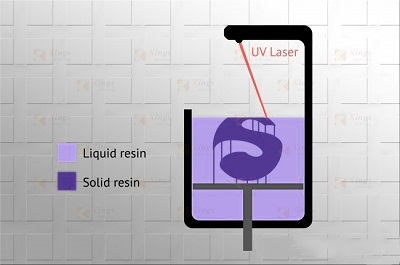
While no inherent resolution is determined for each technology, there are real physical limitations that cause each printer to provide resolution within a certain range. Both systems use electric platforms and need to be able to solve the required resolution, which is usually not a big technical problem. Leaving this aside, the two systems also use focused laser beams to solidify building materials, but since they use completely different wavelengths (SLA for ULTRAVIOLET, SLS for infrared), their focal length sizes can also be quite different, with uv focusing being significantly smaller than infrared (or infrared) lasers. Having a smaller focus is like drawing with a sharper pencil, you can parse more than you can with a blunt pencil, so SLA printers typically achieve higher resolution both horizontally and vertically!
Note: Keep in mind that we're still talking from tens to hundreds of microns! SLS technology is perfectly capable of helping you create very detailed models.
Different mechanical properties of SLA and SLS technologies
Another important difference between objects printed using SLS and SLA printers is the way they behave mechanically. As we said in resolution, here we can only generalize and describe the materials most commonly used for each technique.
SLS printers can use a variety of materials, always in powder form, but the most common is polyamide (usually nylon PA12), which can be added with additives to change color, strength, flexibility, stiffness and other properties. You may think you don't know this material, but definitely its trade name will ring a bell: It's just nylon, a fantastic generalist with durability, strength and extraordinary wear resistance, among other properties.
For SLA printers, usually the manufacturer will provide its own resin, but there are a variety of third-party options, which are usually cheaper. In general, they tend to be harder and therefore more brittle than nylon, although new compounds are released all the time with softer, more flexible properties that are very similar to rubber materials.
One significant difference between resinous objects and nylon is their behavior under load. Hard resins tend to crash violently in multiple blocks and fail, whereas nylon has a wide elastic area under load (and can still return to its original shape), then deform permanently and eventually fail. The choice between SLS and SLA 3D printing will depend entirely on the nature of the surface of your project.
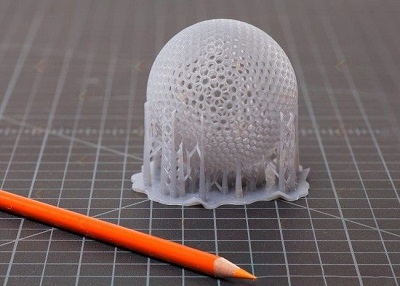
Here, it's one of the most obvious differences at first glance. With SLS printers, the sintering process essentially produces porous solid material because the air initially in the powder creates microscopic bubbles on the sintered material.
Although you can't see it with your naked eyes, it feels a bit "rough" when you touch it. Polymerizing liquid materials, on the other hand, produces solid homogeneous blocks of material.
In terms of colour, polyamide powders offer basic options: black and white for raw material selection. A third option might be grey, by mixing the two, but it's fair to say the quote is fairly limited, with no options for translucent or transparent SLS prints. Resins printed using SLA machines allow other options while mixing with color pigments.
Provide support in 3D Printer process
For there is no clear standing position of the object (for example, the balls), or they have the trailer (for example, the desk lamp shadow) objects, almost every 3 d printing needs support materials or structures, SLS printer is one of the few exceptions, in the SLS process thanks to the sintering of powder as be printed support materials around an object.
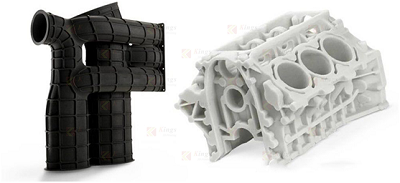
Depending on each particular case, users can sometimes ignore or minimize support for use at the expense of quality in the trickier areas, but this is always a trade off when working with SLA printers. When supporting structures are used, the printed parts will require some manual cleaning time, and even then it is not uncommon to see "scarring" on the area being removed.
Generally, it uses auxiliary support materials is not an option for the SLA process, as all building materials come from one place, resulting in the object and its support structure being made from the same material.
Post-processing of SLS and SLA technologies
While both SLS and SLA prints have post-processing options, they are usually different because the prints themselves are different, but you can get some very good surface finish.
Polishing: SLA prints are smoother and more shiny, so there is little need for polishing. For SLS prints, this can be an interesting choice if smoother, shinier aspects are needed.
Color: SLS 3D Printer offers a wide range of color possibilities on our online 3D printing service.
Pruning/cutting/gluing: Both polyamides and resins are suitable for manual work, always using the right tools. You can contact us and learn more from our Kings’s Professional Trade Sales.
Since SLA printers are "cheap" compared to professional SLS printers, one might expect SLS printers to be more expensive as well. In fact, SLS printing is usually cheaper than SLA printing because nylon is a common material outside of 3D Printer circles, and SLS printers can often output very large quantities in a single run. Of course, if you don't have to buy a printer, the SLA is likely to be cheaper otherwise, even if consumables are relatively expensive later.
Conclusion time, there is no winner here, because this comparison is not about finding a winner. Each technique has its pros and cons, and it will depend on the project requirements and which option is best for the job. For functional focused parts or projects, SLS nylon printing may be the way to go. One thing is for sure, these printing techniques offer many more advantages than traditional manufacturing techniques such as injection molding.
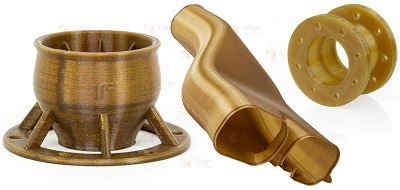
Regardless, SLS and SLA quality are among the highest on the market, and nylon's sturdiness excels in almost every situation. When superior quality and appearance are required and/or parts require translucency, SLA printing will be the right choice, always with its mechanical limitations in mind.
Do you enjoy the technological battle between stereolithography and selective laser sintering?
At Kings 3D Printer, we offer you the possibility of printing using SLS processes and professional 3D printers. Upload your 3D design immediately, then select your plastic 3D printed material, and receive your parts within a few days. Through our service, let your prototypes and small batches print out the best quality!






